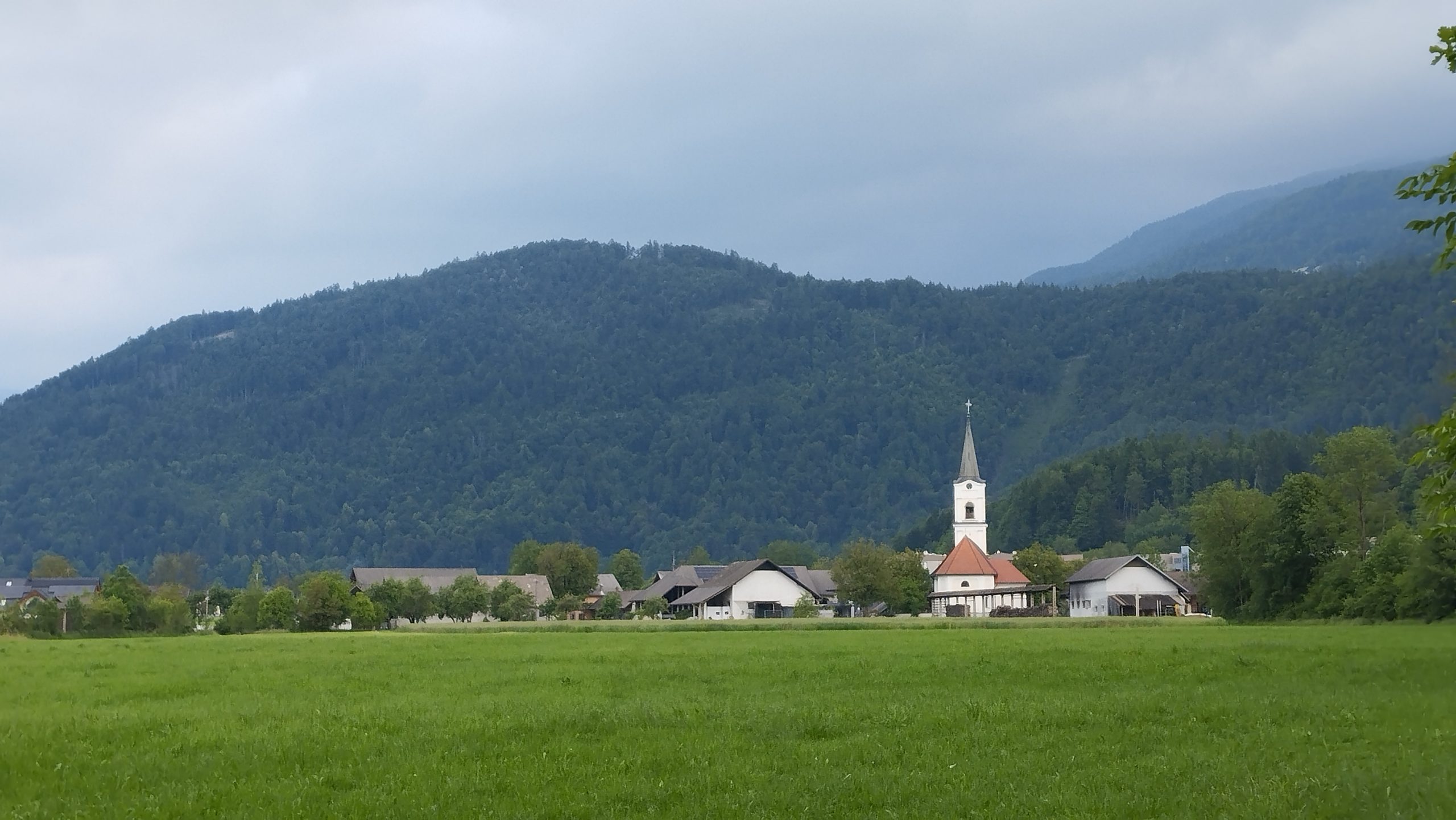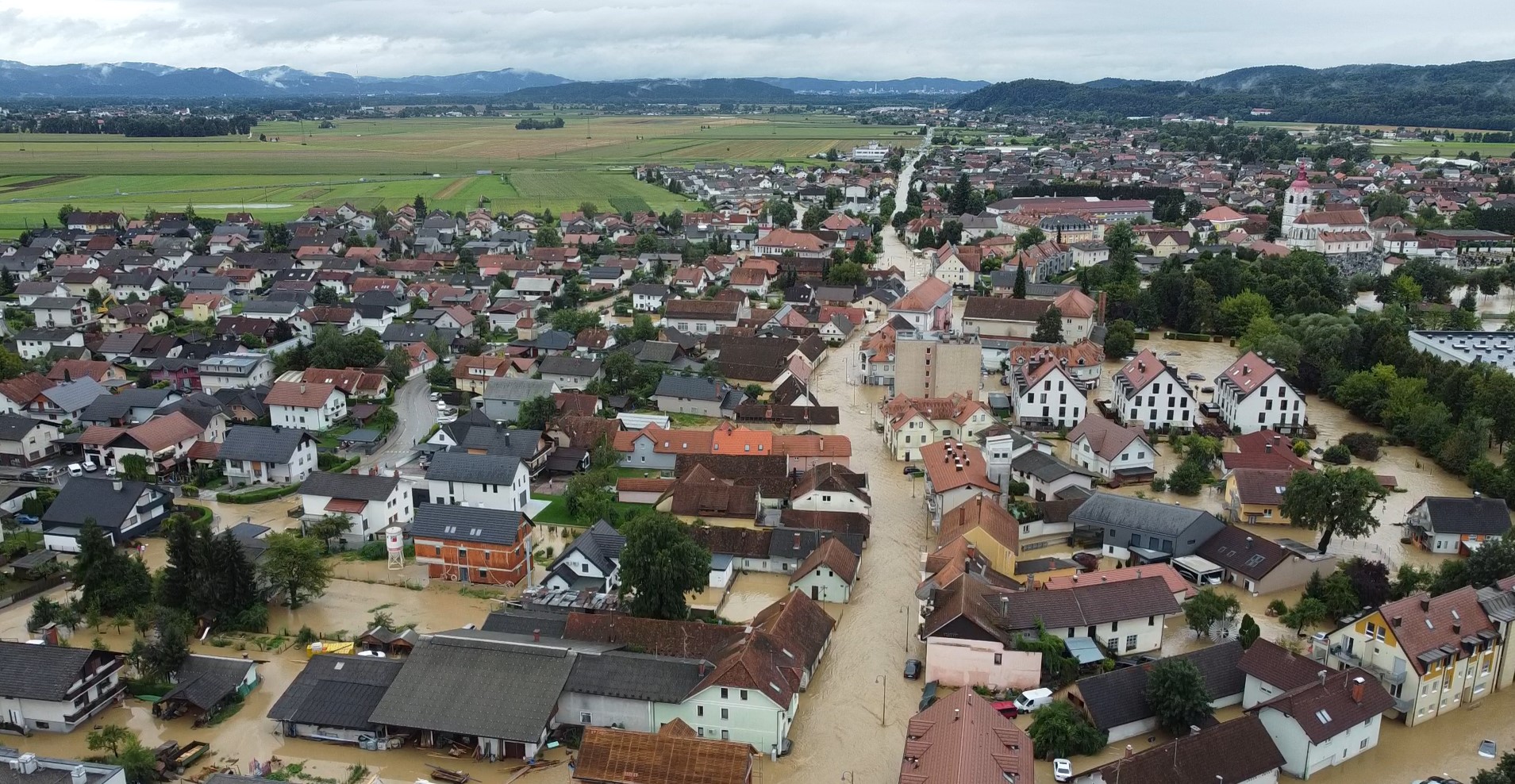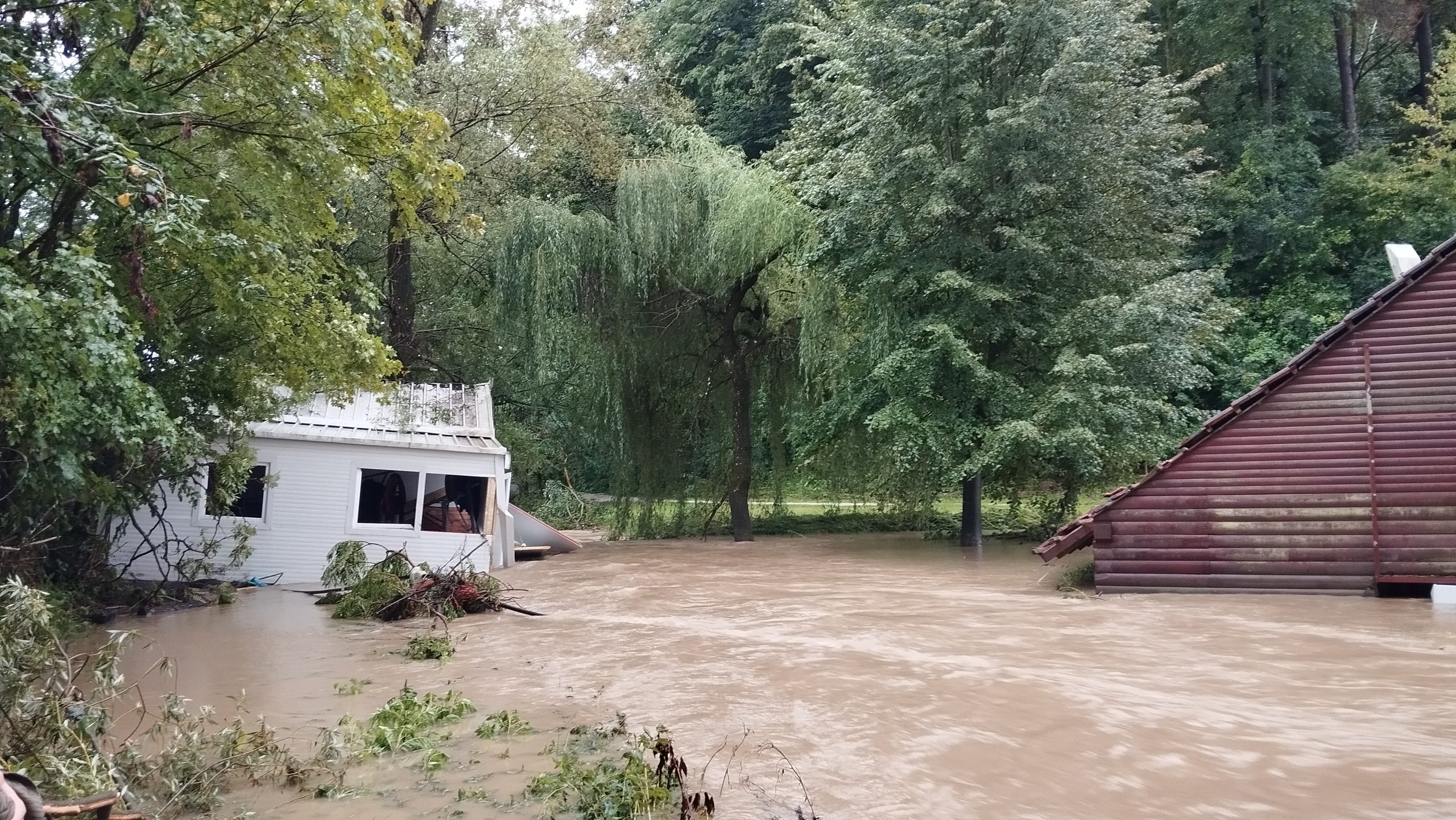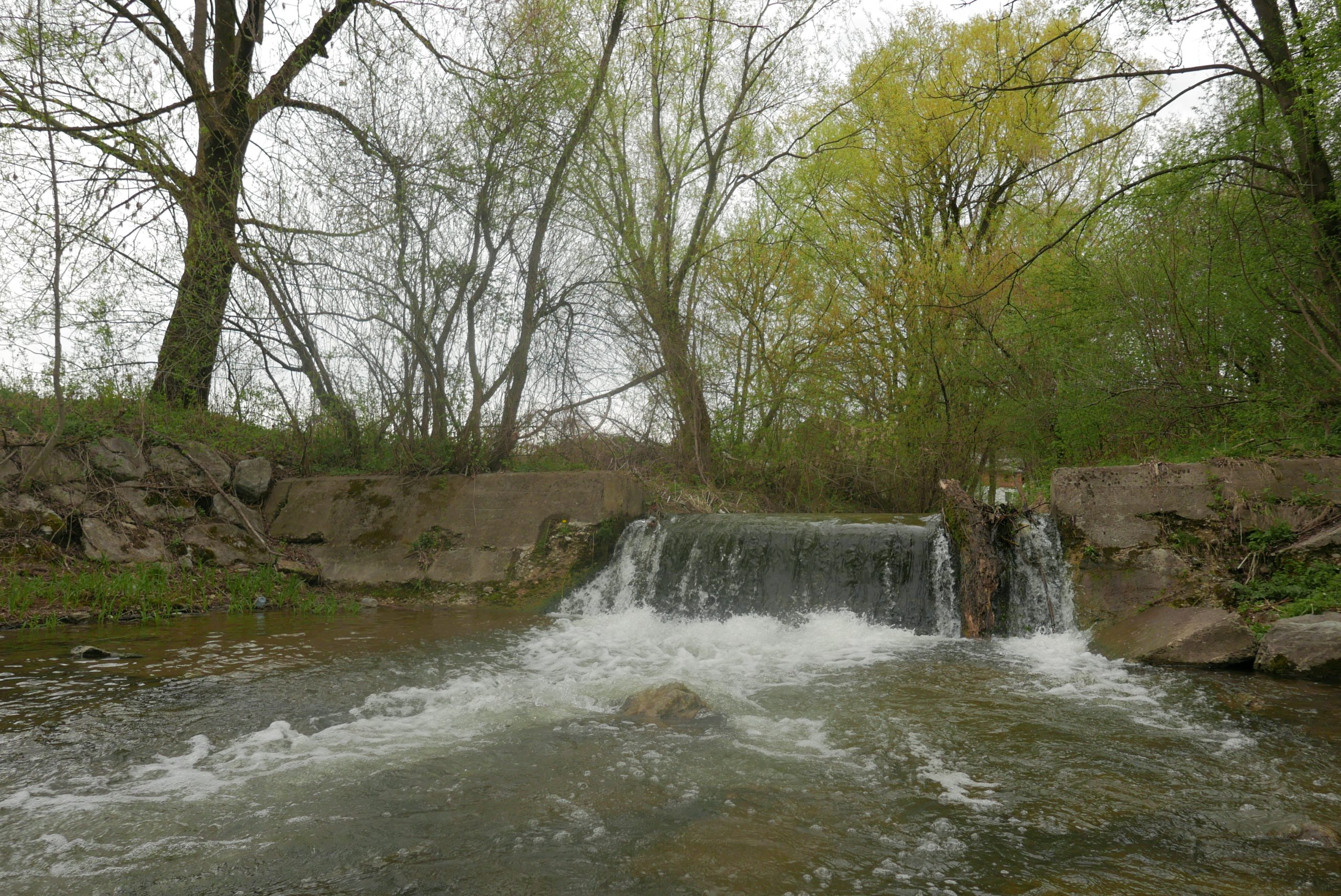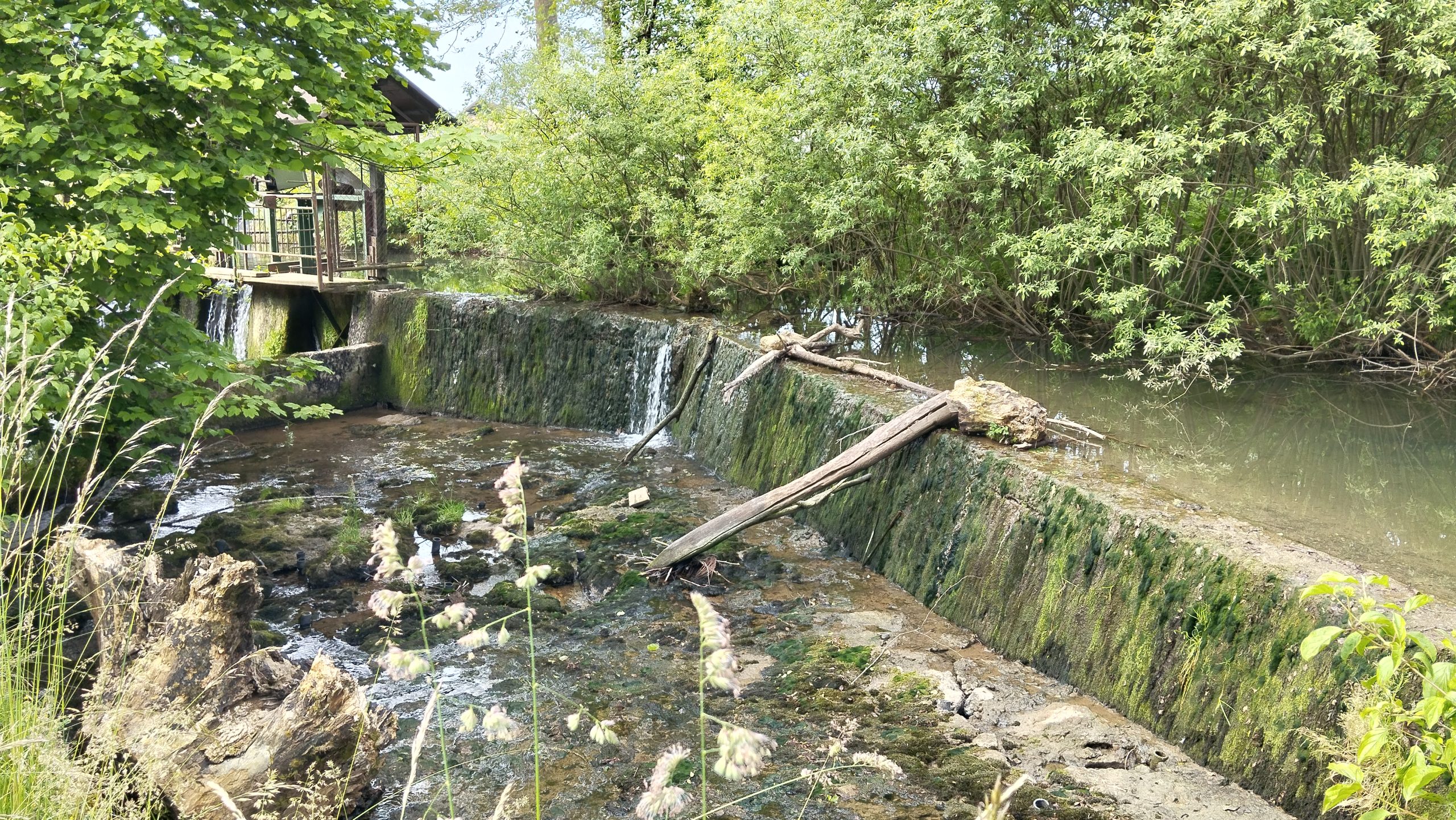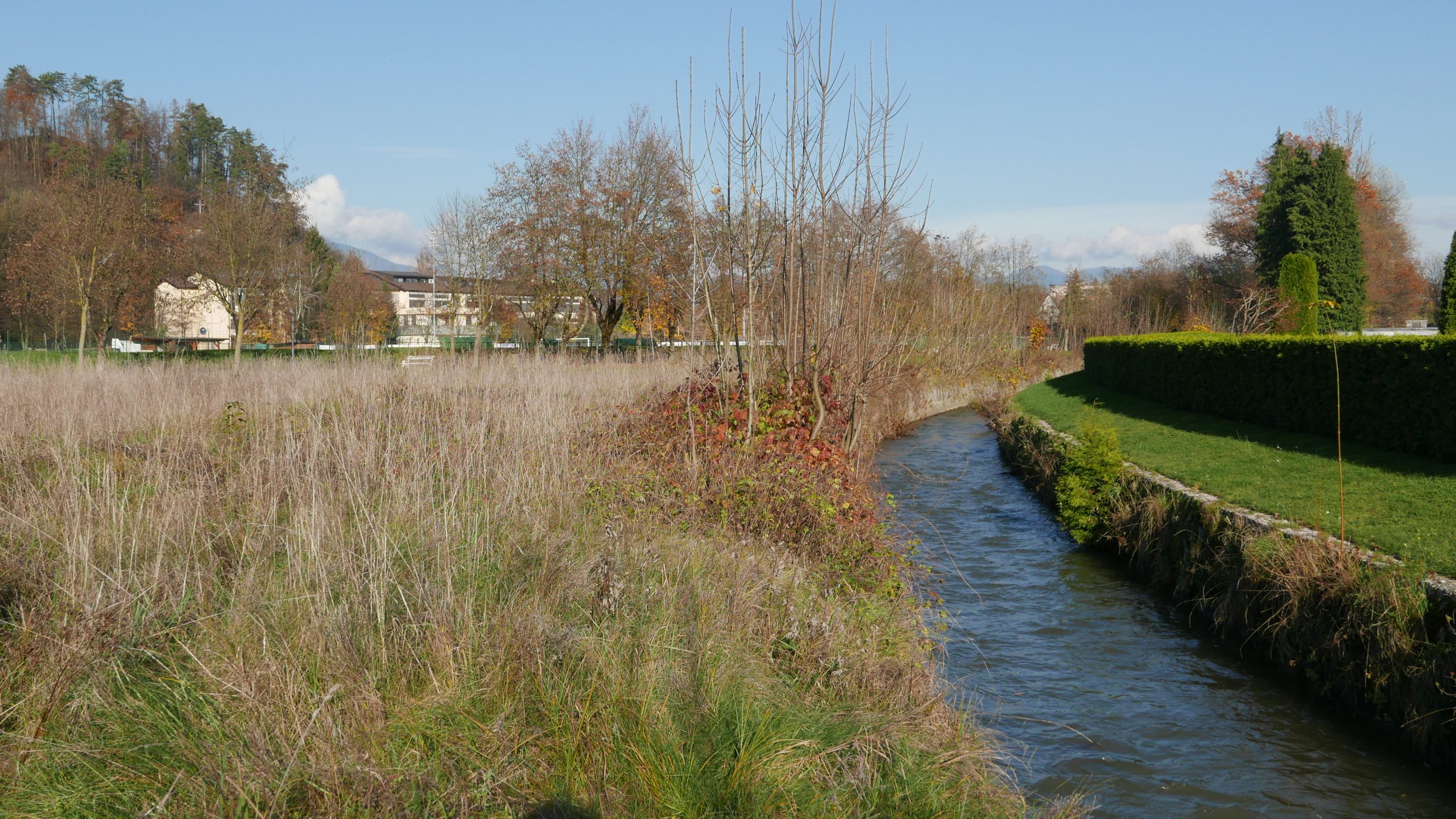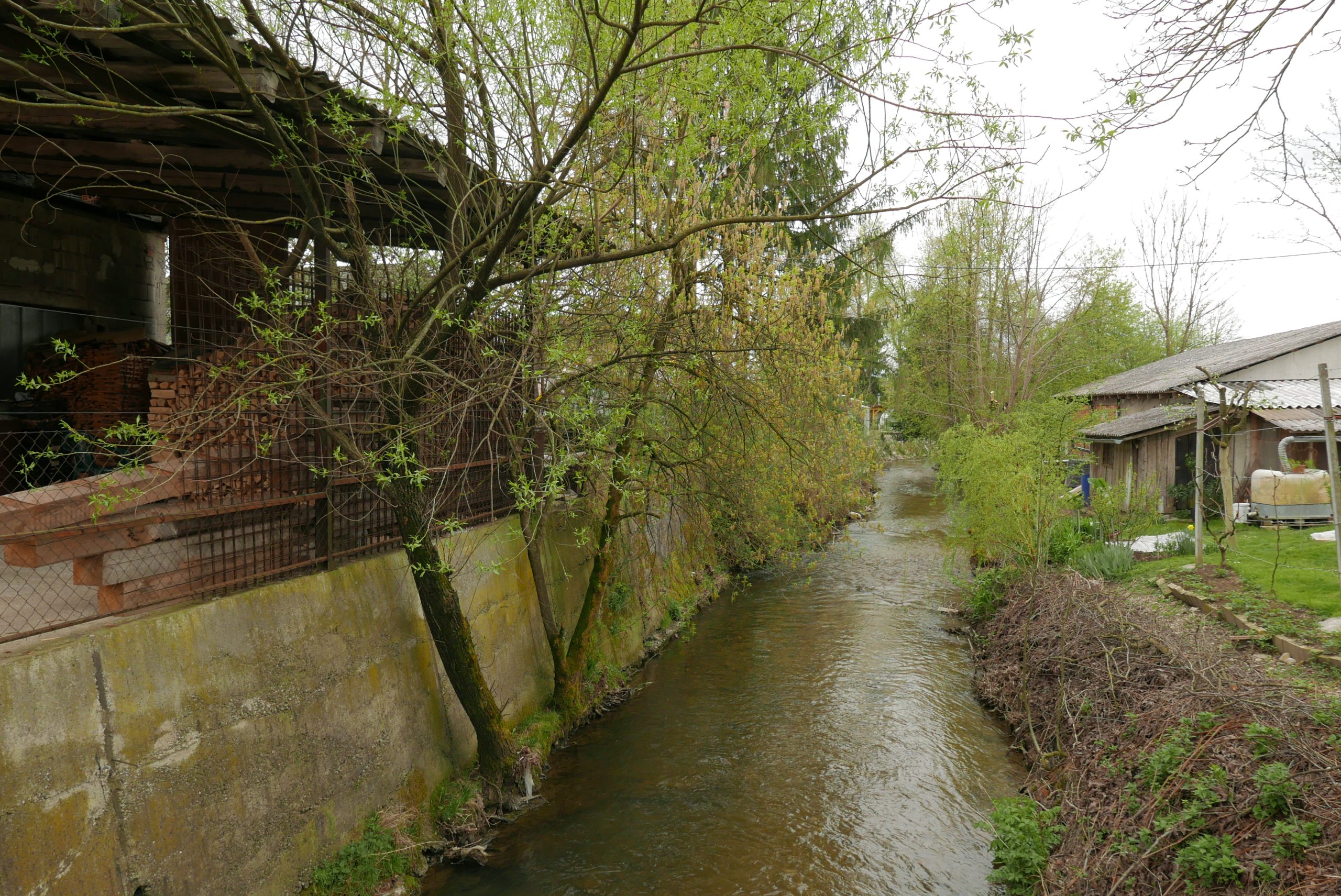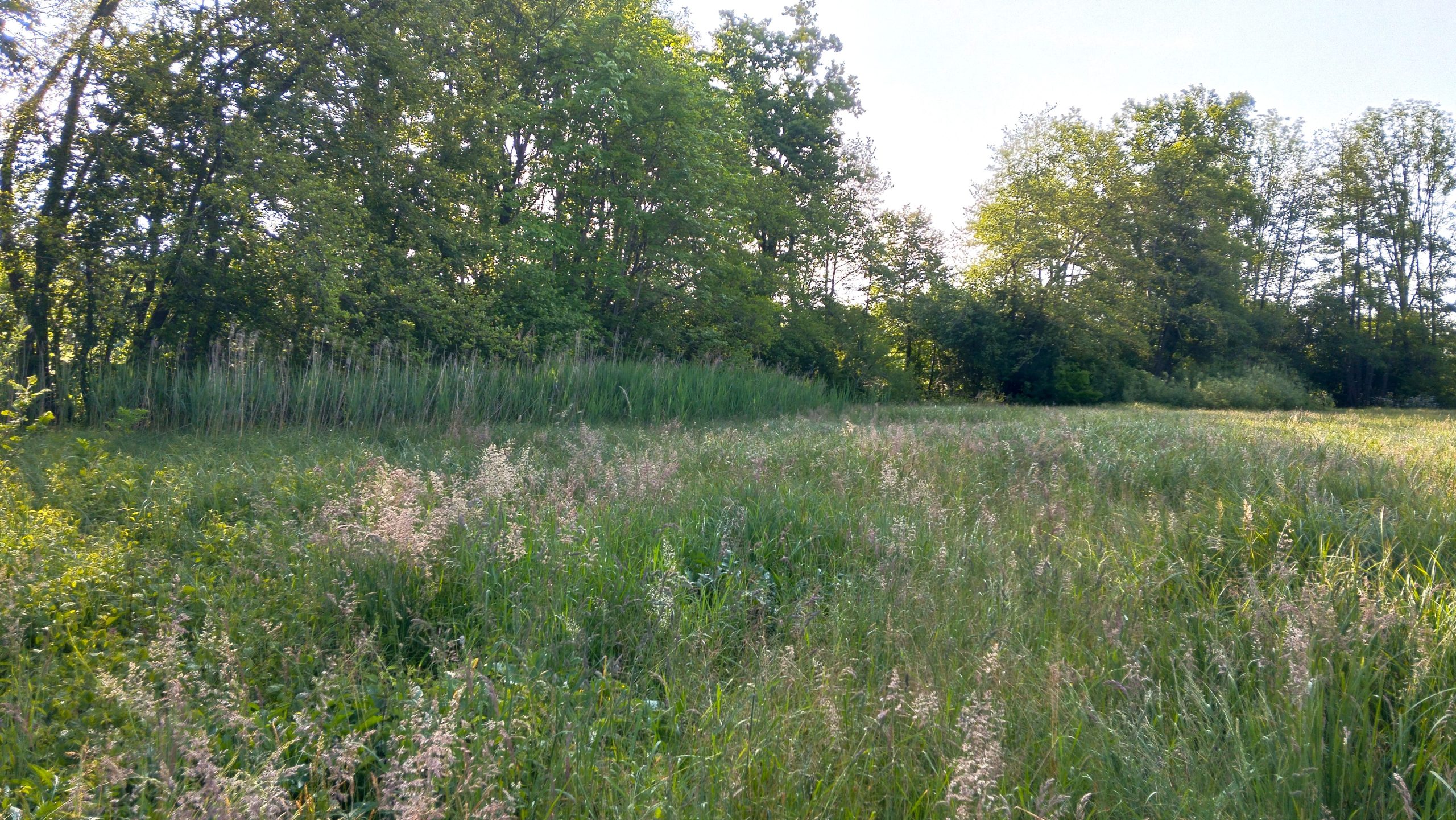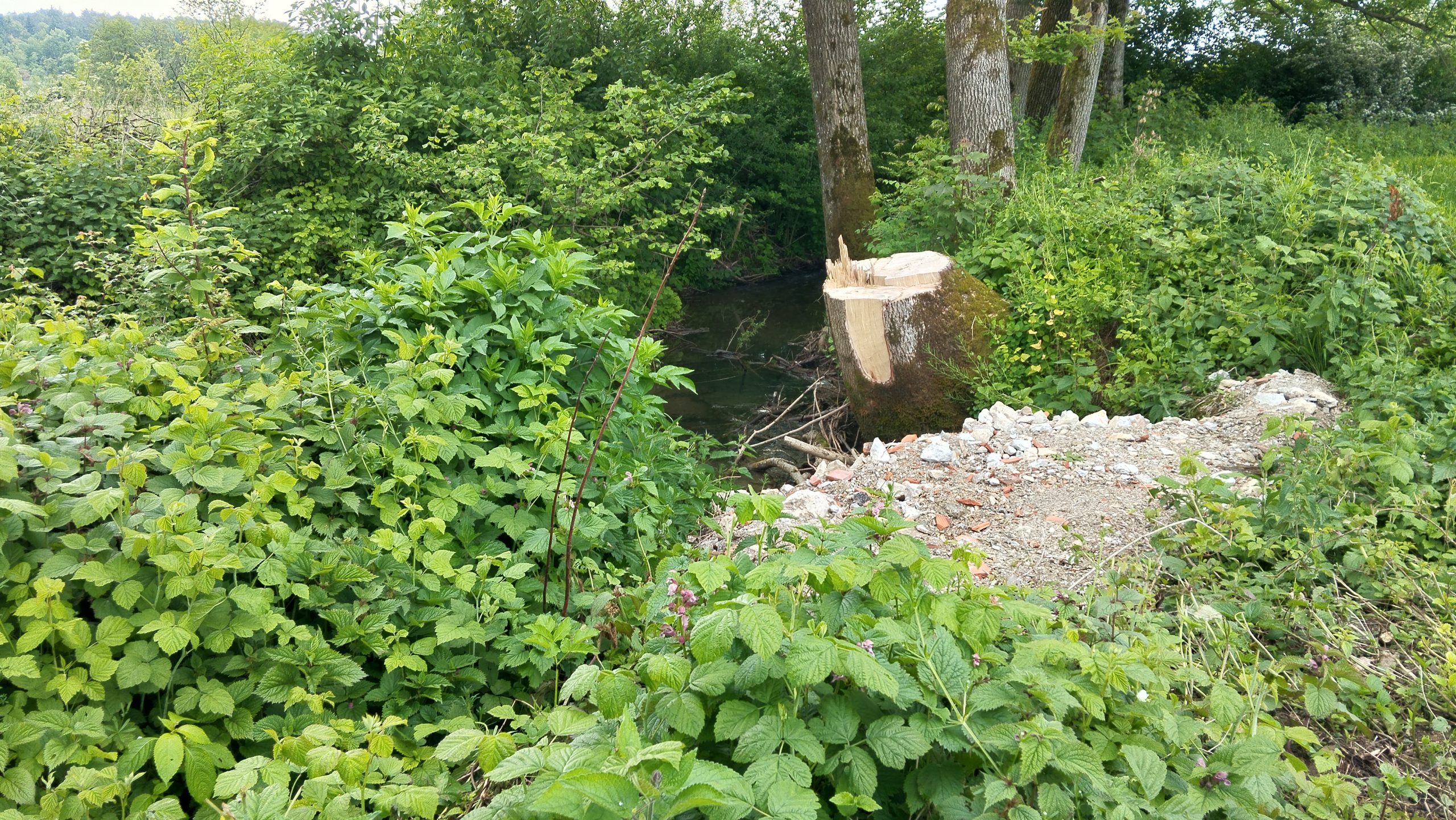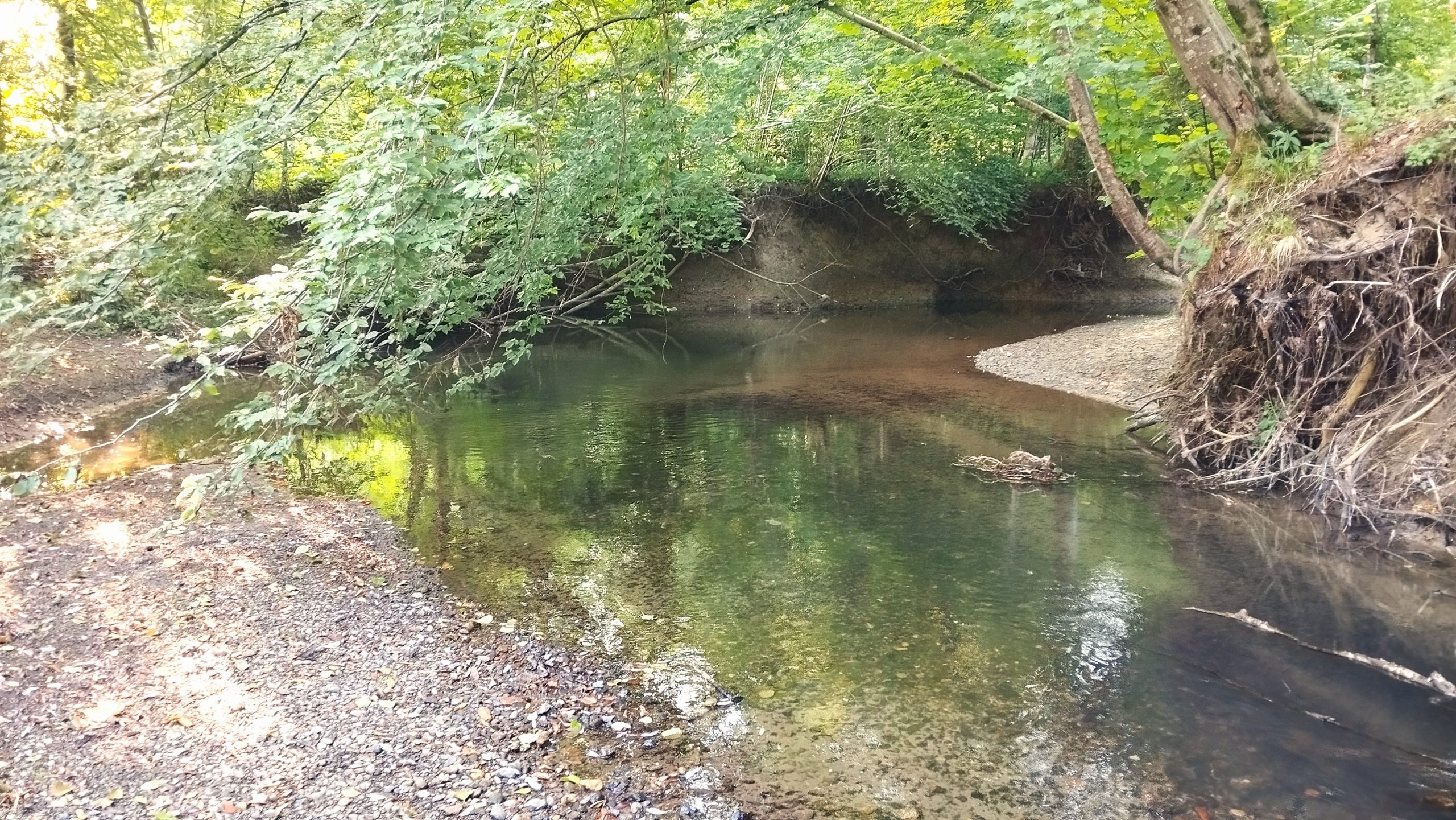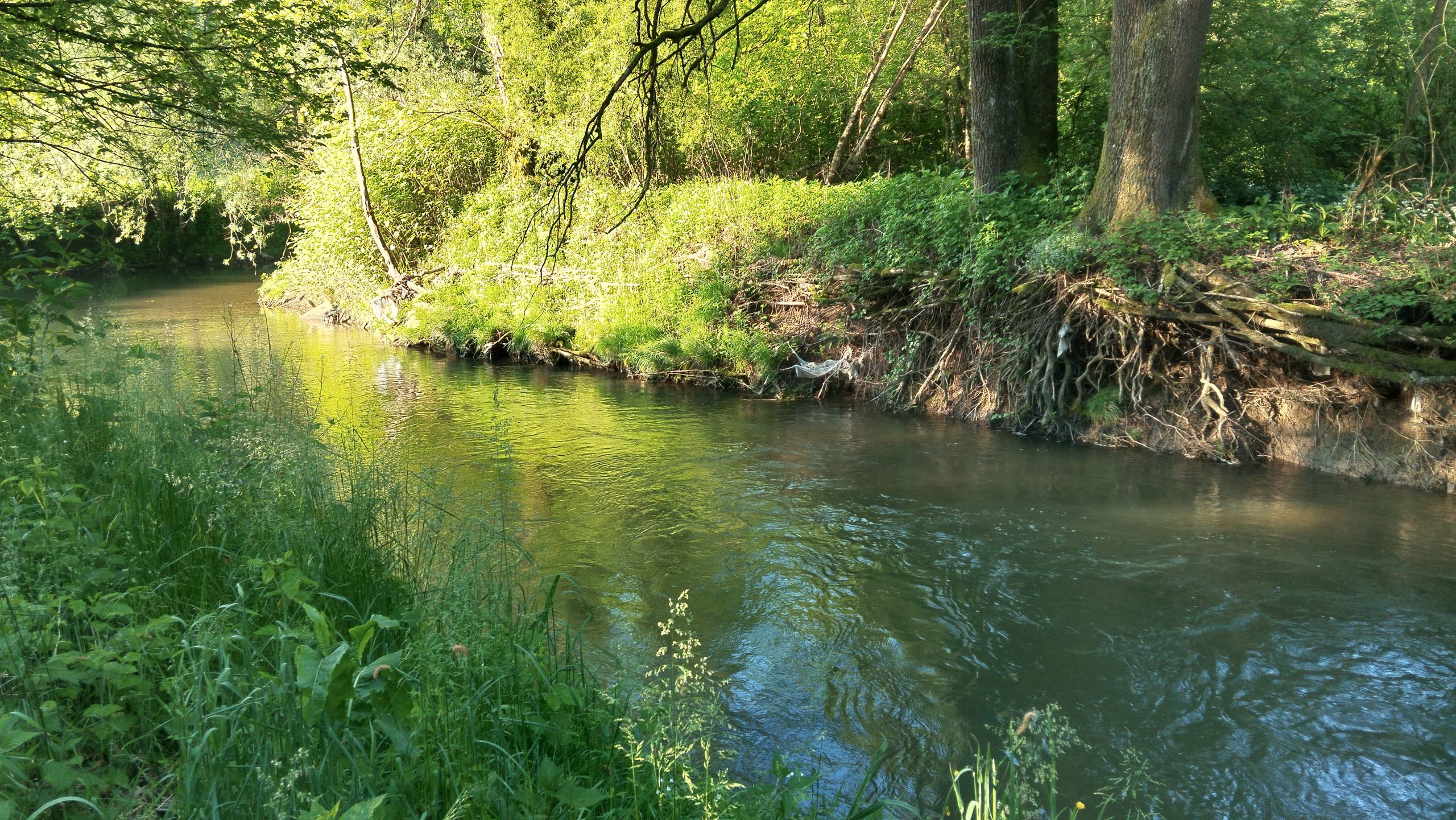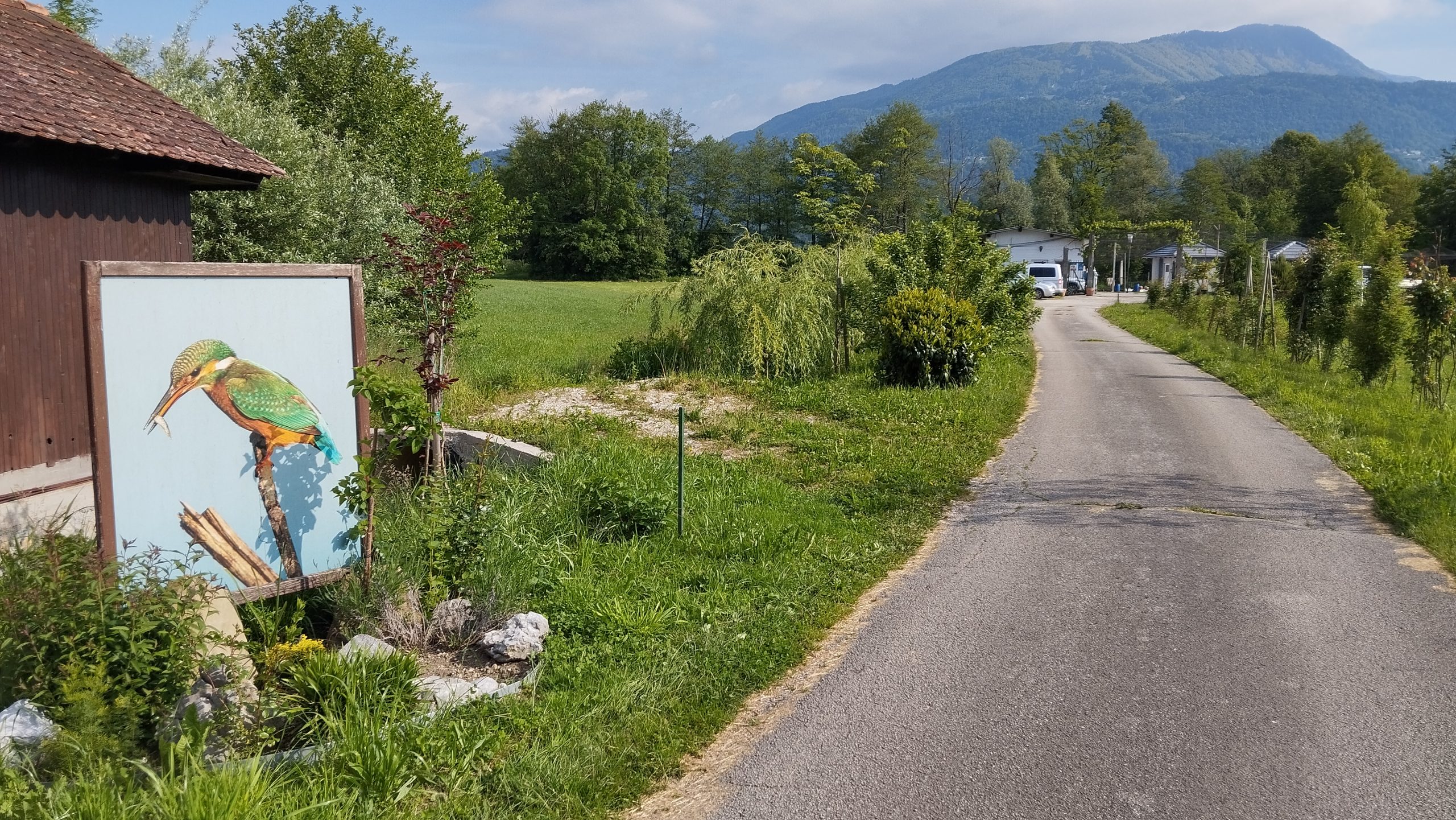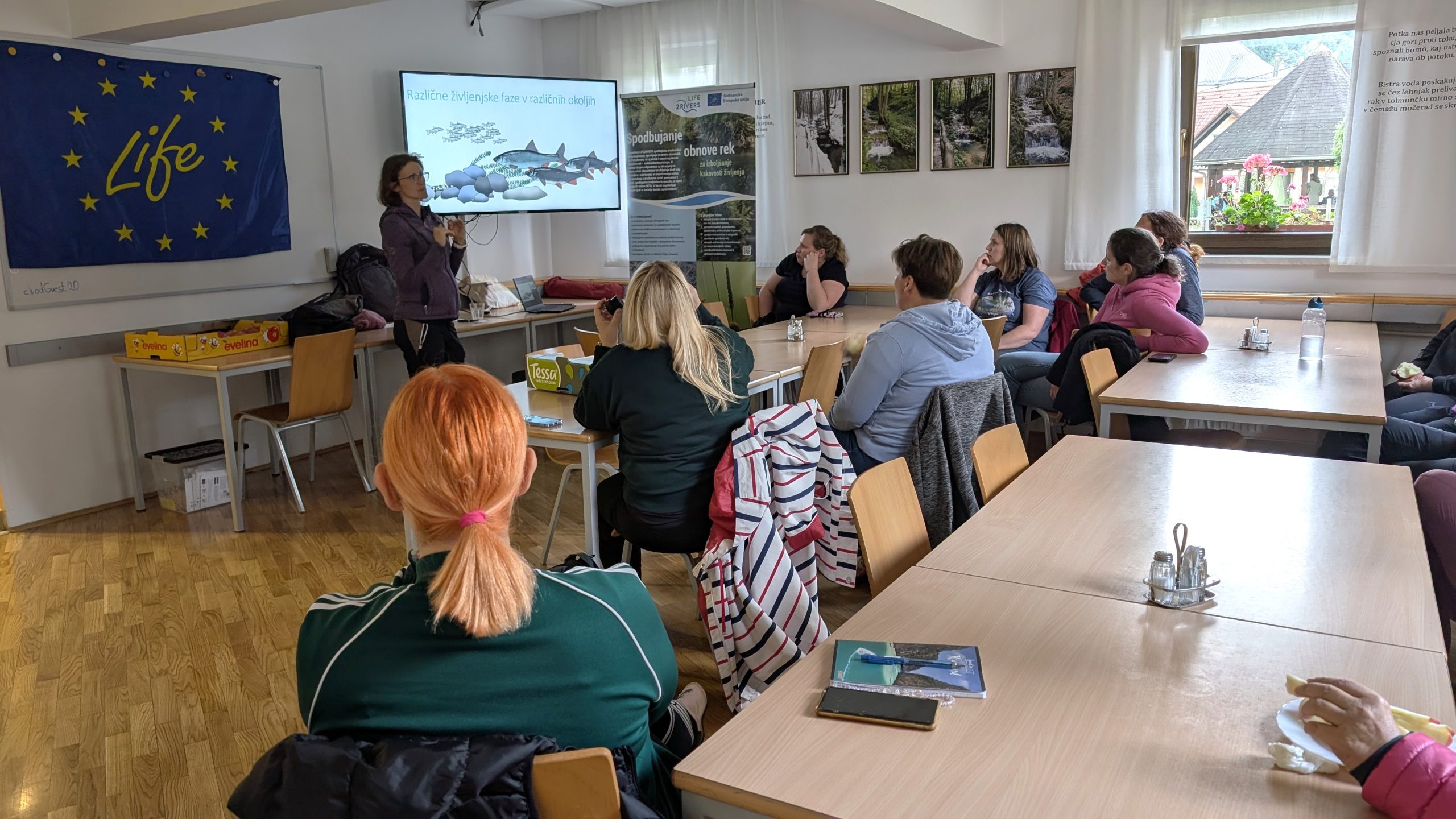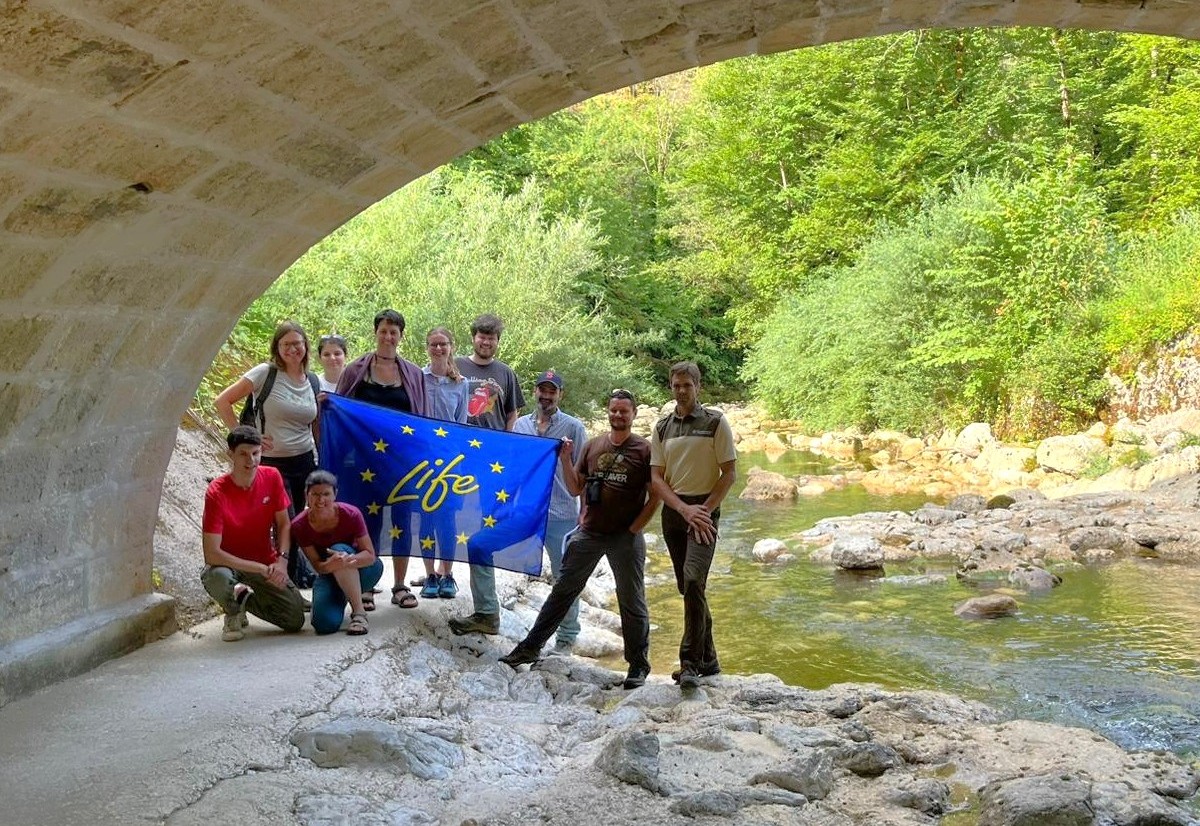Voices along the Pšata: communities and experts for the rivers of the future
The Pšata River basin, located in the heart of Slovenia, faces numerous environmental, spatial, and management challenges. Within the LIFE2RIVERS project, a team of experts from various fields is working in the Pšata River pilot area to explore inclusive, nature-based, and long-term sustainable approaches to river management. One such approach is co-creative river stewardship, which emphasizes shared responsibility for the preservation and restoration of rivers while involving a wide range of stakeholders in the planning and implementation of solutions. In 2025, an extensive qualitative study was carried out across all five municipalities through which the Pšata River flows. The research included 20 in-depth interviews that brought together four key groups: representatives of local authorities, experts, residents, and educators.
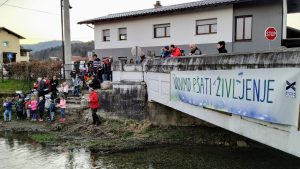
Locals along the Pšata keep alive the tradition of floating lanterns on the river on St. Gregory’s Day. Photo: Urša Koce
With this study, we aimed to go beyond merely collecting opinions and data, focusing instead on understanding the relationships of different stakeholders with the river, the challenges they perceive, and the opportunities for a collaborative, sustainable future for the river space. Below, we present the main findings, which depict a diverse yet complementary picture of experiences, perceptions, and suggestions.
Almost all interviewees—mayors, experts, residents, and educators—have personal experiences with the river, often dating back to childhood. Summers spent by the river, games, walks, and later responsibilities in managing the surrounding area have shaped their relationship with the Pšata. For many, the 2023 floods marked a turning point, as the Pšata, once seen purely as a natural asset, also became a symbol of danger and uncertainty. In some cases, feelings of attachment have shifted toward concern and a demand for greater safety.
The findings also clearly highlight persistent pressing environmental challenges: the river is becoming increasingly shallow, degraded by pollution from agriculture, industry, and households, burdened with sediment, and often confined by built-up areas. Spatial pressures and incompatible land use threaten its natural functioning. In several municipalities, respondents pointed out inadequate maintenance of waterways and the raising of the riverbed due to sediment accumulation, which, in their view, reduces flow capacity and increases the risk of flooding.
The interviews also revealed institutional barriers. In the eyes of most respondents, the management of the Pšata River is fragmented and often inefficient. Municipalities find themselves in a position where they must manage the waterways on their own, without sufficient state support or clear delineation of responsibilities. Ministries and directorates are frequently perceived as understaffed and slow to respond, further reinforcing a sense of systemic disorder.
One of the most encouraging findings of the study is the broad support for the creation of a potential interdisciplinary expert working group, bringing together natural sciences, technical disciplines, and social sciences with local knowledge and experience. Such a group should have a clearly defined role, its own financial resources, and concrete operational authority. This would allow it to serve as a new model of co-creative river stewardship. It is important that this body would not function merely as an advisory platform but as an active actor with the capacity to connect stakeholders and guide decision-making. Within the LIFE2RIVERS project, we have already piloted the establishment of an ad-hoc expert working group, which is preparing a plan for the implementation of nature-based solutions and restoration measures in the Pšata River basin.
The inclusion of the local community is also a crucial issue. All participating municipalities emphasize that they actively integrate local initiatives into spatial plans, yet they often encounter obstacles—either due to complex legal procedures or difficulties in professionally assessing diverse interests. In this context, it becomes clear that communication, education, and public involvement must be strengthened from the earliest stages of decision-making.
Recognition of the importance of nature-based solutions is becoming increasingly common among local decision-makers as well. They emphasize that measures such as floodplain restoration and riverbank revitalization are essential wherever spatial conditions allow. At the same time, they point to numerous challenges — from land ownership issues to a lack of adequate expertise and funding.
Finally, the study also highlights a relatively low level of environmental awareness among residents. Respondents noted that while young people show interest, they often lack access to appropriate educational content or direct experiences with nature. Older residents tend to have more direct contact with rivers, while the middle generation often appears to be the weakest link in water resource protection. This finding points to the need for long-term education, project-based learning, and intergenerational knowledge transfer.
Through such research, the LIFE2RIVERS project offers not only a diagnostic insight into the state of our rivers but also a concrete example of how inclusive research methods, dialogue, and knowledge can form the foundation for more equitable and sustainable water management. The voices gathered along the Pšata remind us that the future of rivers should not rely solely on technical solutions, but on relationships, collaboration, and shared responsibility toward nature and society.

